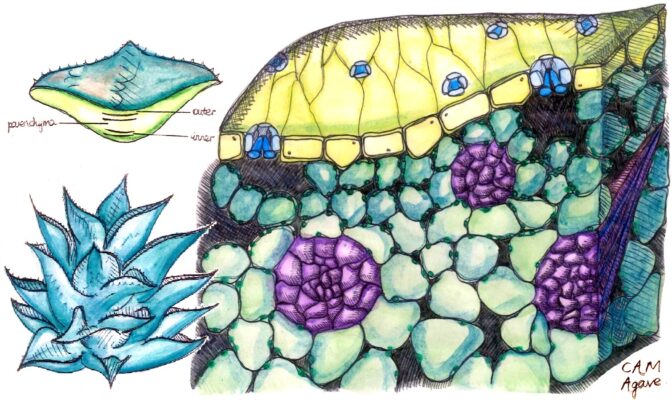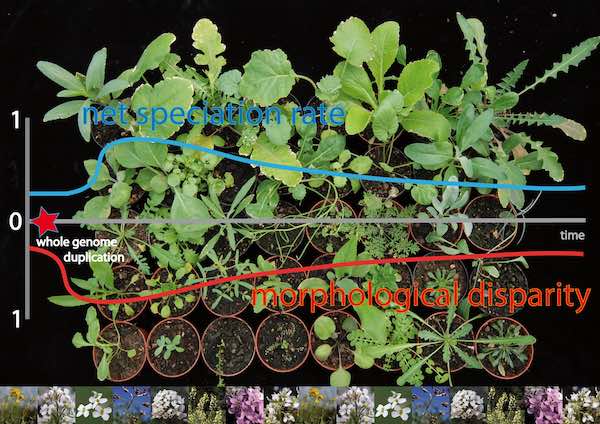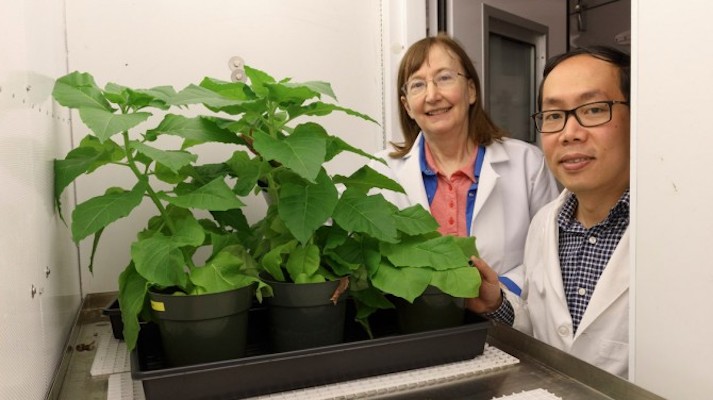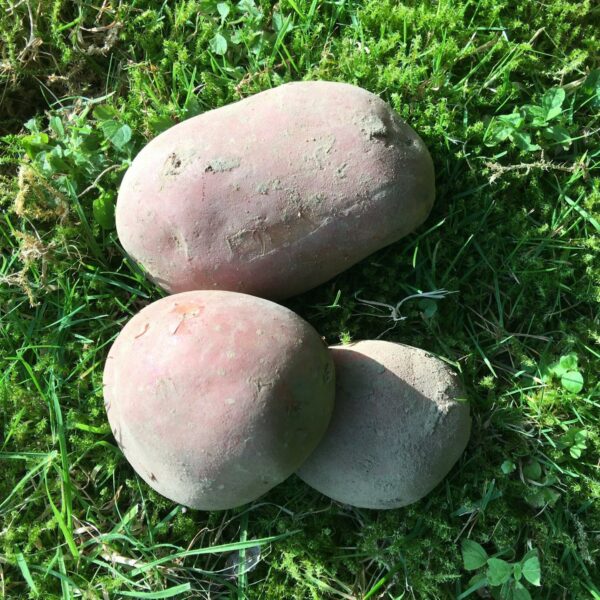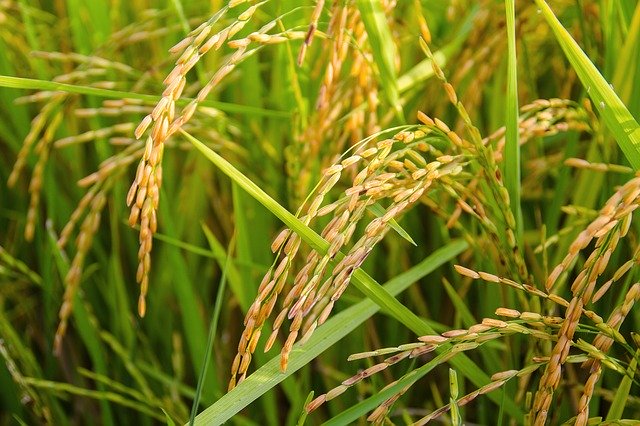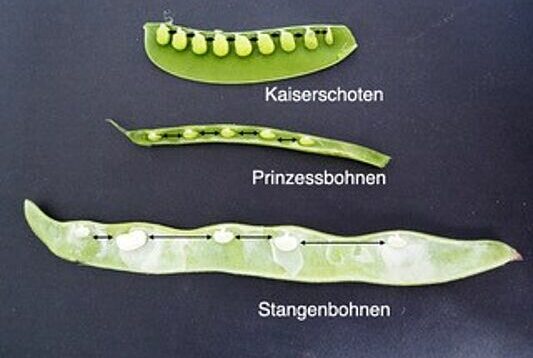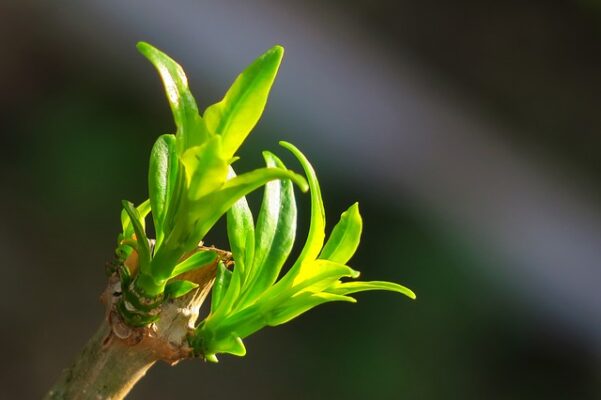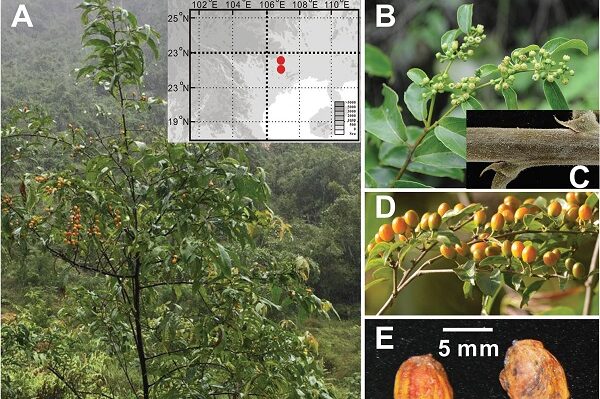
Researchers have found a way to engineer more efficient versions of the plant enzyme Rubisco by using a red-algae-like Rubisco from a bacterium. For 50 years scientists have striven to boost the activity of Rubisco, a promising target to increase crop production, as it controls how much and how fast plants fix carbon dioxide from the atmosphere into sugars and energy during photosynthesis.


